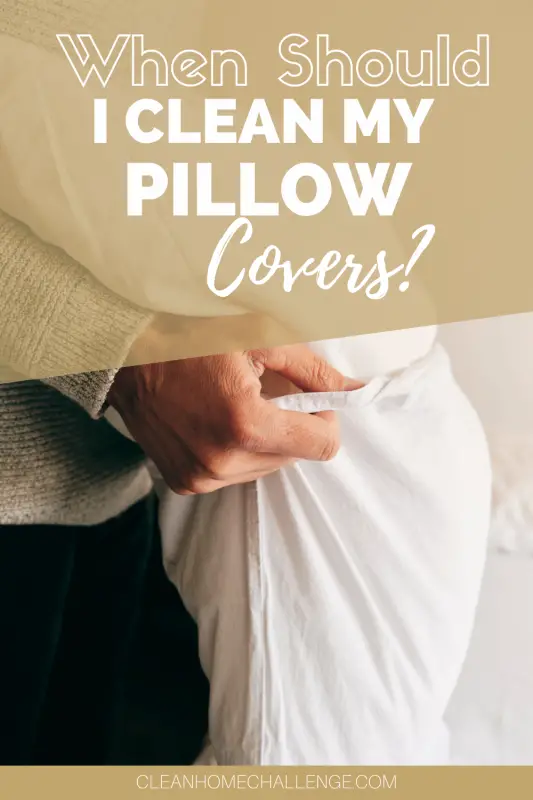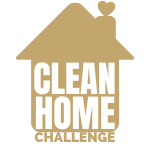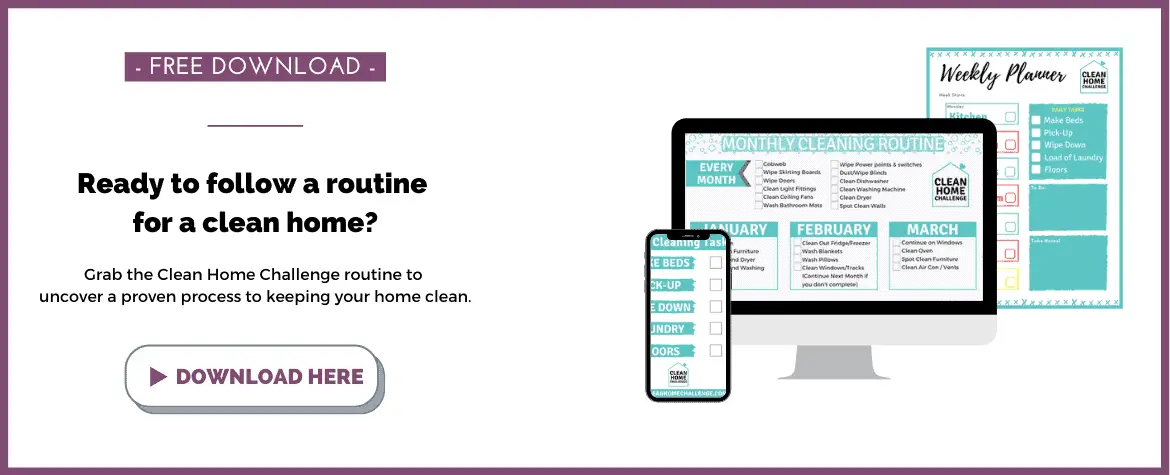THIS POST MAY CONTAIN AFFILIATE LINKS. PLEASE READ MY DISCLOSURE FOR MORE INFO.
The average person spends approximately 1/3 of their life sleeping. This results in about 8 hours a night, or 2920 hours per year. That’s a lot of time for the dust to gather on your pillowcase!
The debate over how often you should wash your pillowcase is an age-old one. Some people believe it should be washed after every use, while others believe you can get away with washing it once a month.
One of the things that many people don’t think about is how often you should be washing your pillowcase. You might not think it’s a big deal, but there are actually some benefits to washing your pillowcase regularly.
Experts recommend washing your pillowcases once every week. This is because the oils from our skin are transferred to the surface of the fabric, causing stains and odors over time.
Why is Washing Your Pillowcases Important?
Pillowcases are a breeding ground for bacteria, and washing them regularly is one way to combat this issue. It is important to change your pillowcases every week or two because they are like your skin and can get dirty quickly.
One of the most common ways that people get sick is through their pillows.
The more you wash your pillowcase, the better chance you have of staying healthy!
Some say that it’s best to wash a pillowcase every two weeks because it contains dead skin cells, hair, oil, and other dirt. While others say every week because sweat can build up and cause bacteria to grow.

Benefits of Washing Your Pillow Case Regularly
Washing your pillowcase regularly is one of the most important things you can do to protect your skin and hair. It is also a must if you want to keep your pillows in good condition.
Pillowcases are usually made from cotton or polyester, both of which are highly absorbent. This means that any dirt, grime, sweat, or oils will get trapped in the fabric and stay there until you wash it. The oils from our skin can create a breeding ground for bacteria and lead to acne or breakouts. Hair products like hair spray, mousse, gel and dry shampoo will also get trapped in the fabric and make your pillowcase smell terrible!
People with sensitive skin should wash their pillows every week as they are more prone to allergies and irritations than others.
The benefits of washing your pillow case regularly are two-fold. Firstly, it will help you avoid the embarrassment of waking up with a dirty pillowcase. Secondly, it will help you keep your bed sheets clean and fresh, and you healthy.
Washing your pillowcase regularly will get rid of any dirt or oils that may have accumulated on the fabric over time, which could lead to skin irritations, acne, and other unpleasant breakouts. It will also keep your hair looking shinier and healthier too.
Washing pillows is not something that most people enjoy doing but washing the cover is much easier and can be done as often as required to keep them fresh and clean.
What You Need to Know About Pillowcases and How Often You Should Wash Them
We all know that bed sheets need to be washed after two weeks of use. But what about your pillowcase?
Pillowcases are the most neglected bedding material when it comes to washing, because people tend to think they can get away with washing them less often. than the rest of their bedding. It’s true that they need to be washed on a more frequent basis than other bedding materials, not just because they’re dirty, either. One of the reasons for a lot of pillowcases needing to be washed again is that they tend to get stained from being up close with face or body sweat, and from contact with makeup products or hair.
Your pillowcases should be washed at least once a week, due to all the bacteria and dust mites that accumulate. Not only will this help you sleep better, but it’ll also reduce your chance of getting skin conditions which are aggravated by bedding with a large amount of bacteria.
How to Clean Your Pillowcase Step-by-Step
Your pillowcase is usually the first thing that you see when you enter a bedroom. It is also one of the dirtiest things in your bedroom. Pillowcases are a breeding ground for dust and bacteria, so it is essential to wash them on a regular basis.
There are many ways to clean your pillowcase, but the most effective way is by washing it. This will remove all the dirt and oils that have built up over time. Let me tell you the easiest and most effective way to do it below.
Make sure to read the care labels on your pillowcases first for any special cleaning treatment your fabric may require.
1) First, remove the pillow from its case and put it into a washing machine with cold water and detergent.
2) Put in any other bedding that needs to be washed as well (such as sheets).
3) Wash everything on the delicate cycle with cold water only.
4) After washing, place into the dryer or hang outside to dry if possible (the sun will kill any remaining bacteria).
Do this once a week to your pillowcases to keep them clean from dirt and bacteria build-up.

The Benefits of Washing Your Pillow Case Regularly
Many people don’t wash their pillowcases regularly, but this is a big mistake. Washing your pillowcase regularly will help to prevent acne and other skin problems. It will also keep your hair looking healthy and shiny, which is important for both men and women.
If you want to avoid acne and other skin problems, wash your pillowcase regularly. It will also make your hair look great!










